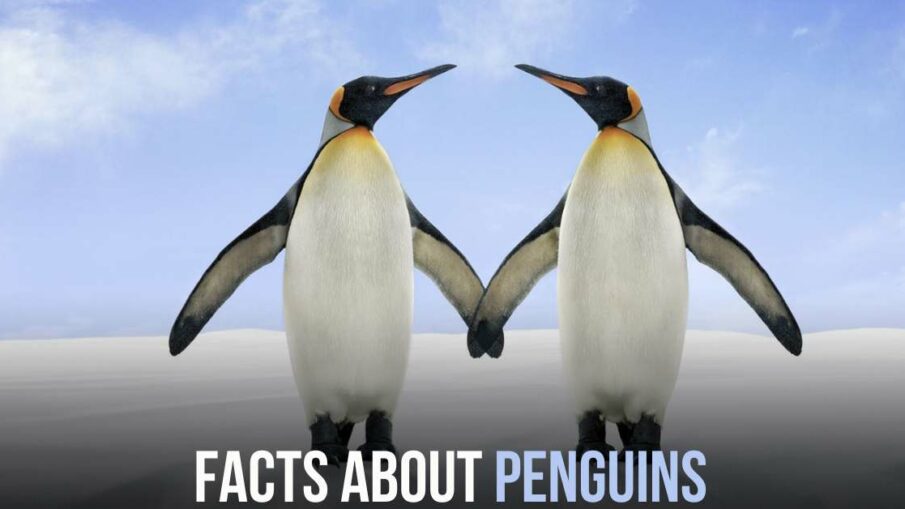Penguins, those endearing birds known for their iconic tuxedo-like appearance, have long captured our hearts with their comical waddles and playful antics. However, there’s so much more to these incredible creatures than meets the eye. In this article, we’ll dive deep into the world of penguins to uncover some intriguing and lesser-known facts that make these birds even more remarkable.
1. Toothless Wonders
Penguins may look like they have teeth when they open their mouths, but in reality, they don’t. Birds, including penguins, lack teeth. Instead, they have serrated ridges in their mouths that help them break down food.
2. Southern Hemisphere Residents
Contrary to what you might think, penguins are exclusively found in the Southern Hemisphere. While they do thrive in cold environments, they inhabit various climates across the Southern Hemisphere, with their largest populations concentrated in Antarctica. The Galápagos penguin is the only exception, as it’s been spotted north of the equator.
3. Counting Penguin Species
The exact number of penguin species has been a subject of debate among scientists. Traditionally, there were thought to be 17 species worldwide. However, in 2006, this number increased to 18 when the rockhopper penguin was recognized as two distinct species: the southern rockhopper and the northern rockhopper. Ongoing research suggests that there might be even more penguin species or sub-species waiting to be discovered.
4. Australian Origins
Although penguins are strongly associated with Antarctica, recent research suggests that their common ancestor first appeared off the coasts of Australia, New Zealand, and some South Pacific islands approximately 22 million years ago.
5. The Adorable Little Penguin
The smallest penguin species, the aptly named Little Penguin, stands at a mere 12-14 inches tall. These tiny penguins can be found frolicking along the coasts of Australia and New Zealand, enjoying their time in the ocean.
6. Monogamous, but Seasonal
Penguins exhibit monogamous behavior, but with a twist. Each breeding season, they choose a mate and remain together throughout that season. However, when the next breeding season comes around, they may or may not select the same partner.
7. Meet the Emperor
The emperor penguin earns the title of the largest living penguin, towering at an impressive 45 inches, nearly four feet tall! Surprisingly, fossil evidence discovered in New Zealand suggests that penguins of human-size proportions once roamed the Earth around 30 million years ago.
8. Rafts and Waddles
Penguins sure have unique group names. When they’re swimming together in the water, they’re referred to as a “raft.” On land, a group of penguins is humorously called a “waddle.” Have you ever seen a waddle of penguins in action?
9. Flightless Wonder
Unlike most birds, penguins cannot fly. Instead, their wings have evolved specifically for swimming, allowing them to navigate the ocean’s depths with grace and agility.
10. A Troubling Decline
Perhaps the most concerning fact about penguins is the alarming decline in their populations. Currently, ten penguin species are classified as either vulnerable or endangered on the IUCN Red List. This makes penguins the second-most threatened bird group globally, following only the albatross.
Why Penguins Are in Peril
The primary threat to penguins stems from rapidly changing oceanic conditions driven by climate change. As we tackle climate change, it’s worth noting that factory farming, a significant contributor to climate change, affects not only farmed animals but also wildlife like penguins.
Taking Action for Penguins
You can contribute to the conservation of endangered and vulnerable penguins by taking steps in your daily life. Consider pledging to eat less meat as part of the “Meating Halfway” initiative—a 21-day journey that helps reduce your meat consumption and combat climate change.
In conclusion, penguins are not only fascinating but also face numerous challenges. By appreciating these incredible birds and taking action to protect their habitats, we can ensure a brighter future for these beloved inhabitants of the Southern Hemisphere.


Leave a Reply